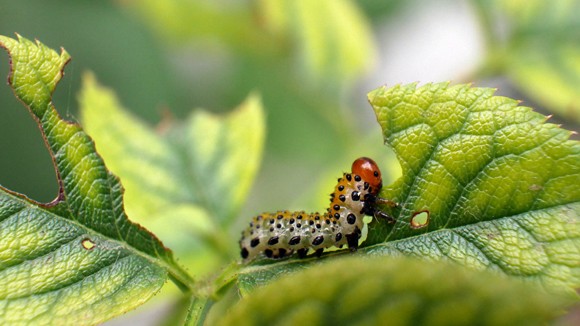Collections
-
-
Collection |
 Biomonitoring
Biomonitoring
Biomonitoring is the measurement of a chemical, its metabolite, or reaction product in biological matrices, most commonly urine and blood products. Biomonitoring studies of environmental stressors are used to characterize exposures, estimate internal dose levels, and evaluate potential for human health impacts. This collection provides data on human exposures through analysis of biological samples. It also includes description of novel methodologies to use biomonitoring for determining exposures and related health effects.
Open for submissions -
Collection |
 Metals
Metals
Metals occur naturally in the environment, have been incorporated into a wide range of products and are emitted in combustion processes. Some metals, such as arsenic, cadmium, lead, and mercury can cause health impacts. Exposure to these metals in the womb or in early childhood can harm brain development, leading to learning and behavioral problems. This collection provides information on our exposures to metals under different contexts including personal and occupational exposures.
Open for submissions -
Collection |
 Pesticides
Pesticides
A pesticide is any substance used to kill, repel, or control certain forms of plant or animal life that are considered to be pests. Humans can get exposed to pesticides through diet, direct inhalation or absorption by skin. This collection includes a range of studies on human exposure to pesticides globally, and presents information on exposure routes and potential health effects. It also includes information on strategies to assess pesticide exposure and estimate health effects.
Open for submissions -
-
Collection |
 Reader's Choice 2021
Reader's Choice 2021
In this collection we highlight a selection of articles from 2021, which top the list of the journal’s most cited, downloaded and most shared (including press coverage, blogs, Twitter, Facebook and Weibo). They showcase the breadth of scope and coverage that the journal consistently delivers to its readers.
Image: PhotoAlto/Frederic Cirou -
Collection |
 Reader's Choice 2020
Reader's Choice 2020
See what scientists worldwide have been reading, citing and sharing.
Image: Mordolff, Getty -
Collection |
 Exposure Science Digests
Exposure Science Digests
Exposure science is the bedrock for protection of public health. It fundamentally informs decisions that relate to smart and sustainable design, prevention and mitigation of adverse exposures, and ultimately health protection.
Image: imamember -
Collection |
 The best of Journal of Exposure Science & Environmental Epidemiology 2018 - 2019
The best of Journal of Exposure Science & Environmental Epidemiology 2018 - 2019
See what scientists world-wide have been citing, reading and sharing. In this Web Collection we highlight a selection of articles from 2018 and 2019 which top the list of the journal's most cited, most read and most shared (including press coverage and Twitter). They showcase the breadth of scope and coverage that Journal of Exposure Science & Environmental Epidemiology consistently delivers to its readers.
Image: PhotoAlto/Frederic Cirou -
Supplement |
 Interpretation of Epidemiologic Studies of Multipollutant Ambient Air Exposure and Health Effects
Interpretation of Epidemiologic Studies of Multipollutant Ambient Air Exposure and Health Effects
The National Center for Environmental Assessment-Research Triangle Park Division (NCEA-RTP) sponsored a workshop on December 13–14, 2006 in Chapel Hill, North Carolina, USA to inform the Agency's evaluation of the science in the review of the National Ambient Air Quality Standards (NAAQS) for all criteria pollutants.
Image: PhotoAlto/Frederic Cirou -
Supplement |
 The European REACH legislation: Registration, Evaluation, Authorization and Restriction of Chemicals
Image: PhotoAlto/Frederic Cirou
The European REACH legislation: Registration, Evaluation, Authorization and Restriction of Chemicals
Image: PhotoAlto/Frederic Cirou -
Supplement |
 Indoor Air and Exposure
Indoor Air and Exposure
This issue includes selected papers from “Indoor Air 2002.
Image: PhotoAlto/Frederic Cirou

 Impact of climate change on non-communicable diseases
Impact of climate change on non-communicable diseases
 Air Pollution
Air Pollution